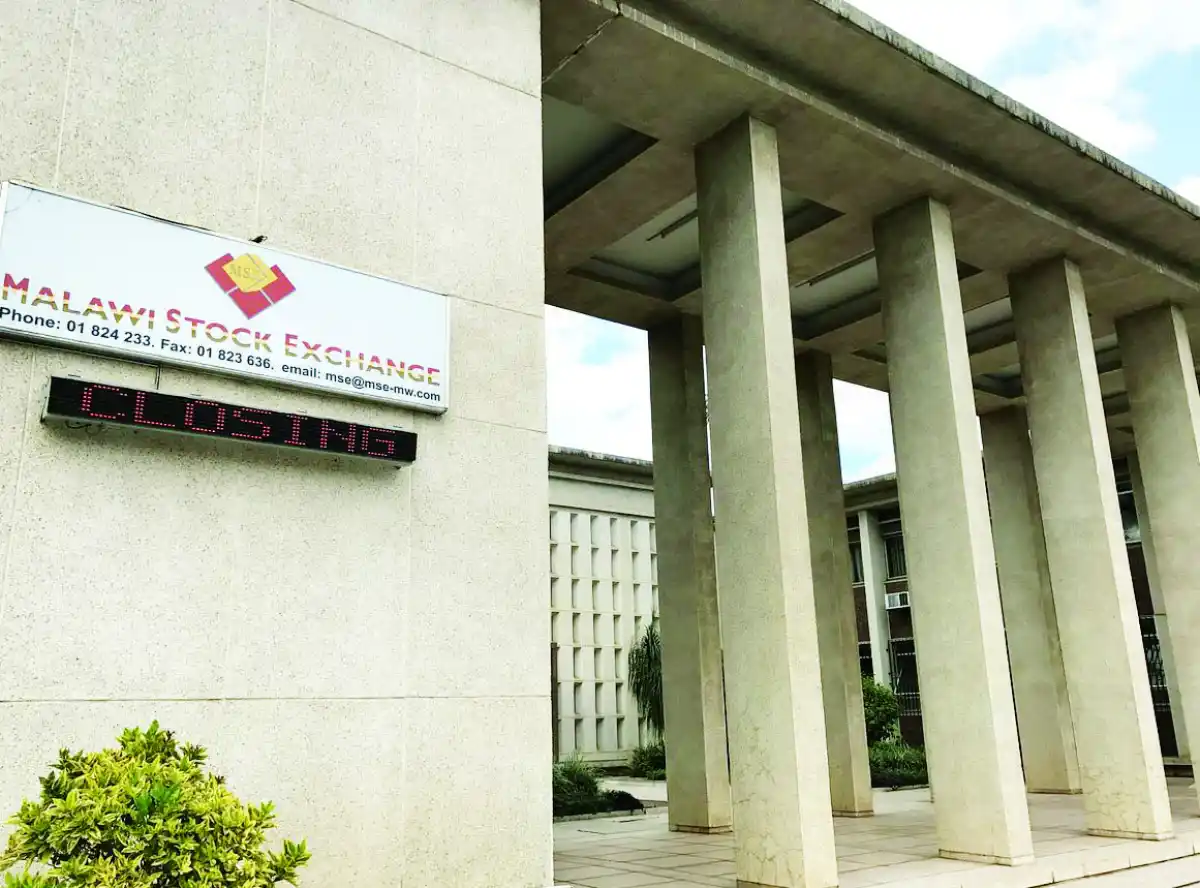
By Chimwemwe Mangazi & Kingsley Jassi:
Malawi’s trade balance—the difference in value between imports and exports—widened to a deficit of $203.9 million in October 2024, latest figures released by the National Statistical Office (NSO) show.
This represents a 55.1 percent jump from a deficit of $131.5 million recorded in October 2023.
In October 2024, total imports increased to $288.5 million from $264.4 million in October 2023, representing a 9.1 percent increase.
Total exports declined, reaching $84.6 million in October 2024 from $133 million in October 2023, representing a 36.4 percent decline.
Additionally, in October 2024, with an export-to-import ratio of roughly 0.3, exports were sufficient to cover 30 percent of total imports.
In an interview Monday, Economics Association of Malawi President Bertha Chikadza said the development highlights one of the core challenges facing the Malawian economy.
She said the country’s overreliance on tobacco as an export crop continues exerting pressure on the trade performance.
“The significant trade deficit emphasises the need to diversify exports and enhance the economy’s integration into global and regional value chains to stabilise the trade balance, while at the same time tame our appetite for imports, which is becoming detrimental amid the declining inflow of foreign exchange,” Chikadza said.
In a separate interview, economist Marvin Banda said the exposition of both imports and exports reveal that there is a misalignment between strategies that were placed in order to be implemented as a remedy for sluggish growth.
“Trade tariffs have to be placed on imports that the nation has competing substitutes for in order to excite the use of Malawian made products, he said.

Meanwhile, Minister of Industry and Trade Sosten Gwengwe has acknowledged a slow recovery pace of the country’s production sector, causing the prevailing trade underperformance that has heavily impacted the country’s macroeconomic situation.
“Countries recover from disasters differently and, in our case, our recovery is taking a bit of the time but there are a number of initiatives by both government and development partners that are meant to provide support to the private sector to increase productivity,” Gwengwe said.
Heavily dependent on agriculture, the production slumped in 2024 on account of El Nino weather.
In the outlook, economist Lesley Mkandawire sees more delays in the recovery as seen by carry-over effects on the economy in the foreseeable future.
He cited the forex issue that has affected importation of critical items like fuel, affecting crucial productive activities like the Agricultural Inputs Programme (AIP) as causing long-term effects in the production sector.
“Being at a critical time of acquiring farm inputs, including seed maize, which is now being imported from Zimbabwe, the cost of production is going to be very high. This has an implication on inflation as we will be closing the final year. In the medium to long-run, the economy will struggle to recover,” he said.
The import bill pressure has also contributed to elevated inflation owing to exchange rate volatility and, according to Mkandawire, the consumer will continue to face price hikes.
“Fuel scarcity is not temporary; we will have to live with it. Unfortunately, some interventions, such as mining production, that are in the offing may not address the current and immediate future problems we are facing,” he said.
The country’s production sector is projected to recover in 2025, owing to favourable weather conditions and will contribute to a higher economic growth rate of 4.2 percent.








0 Comments